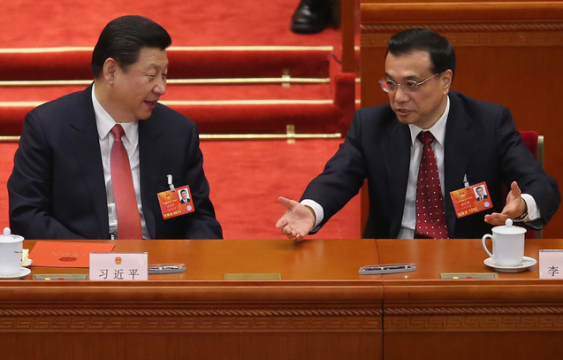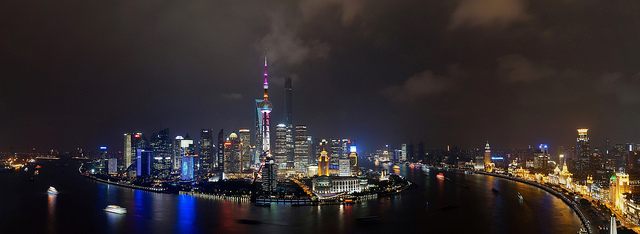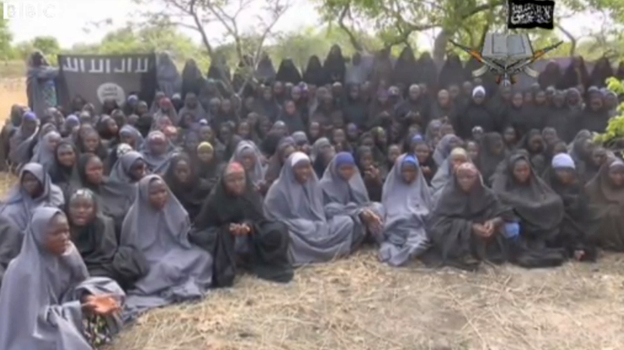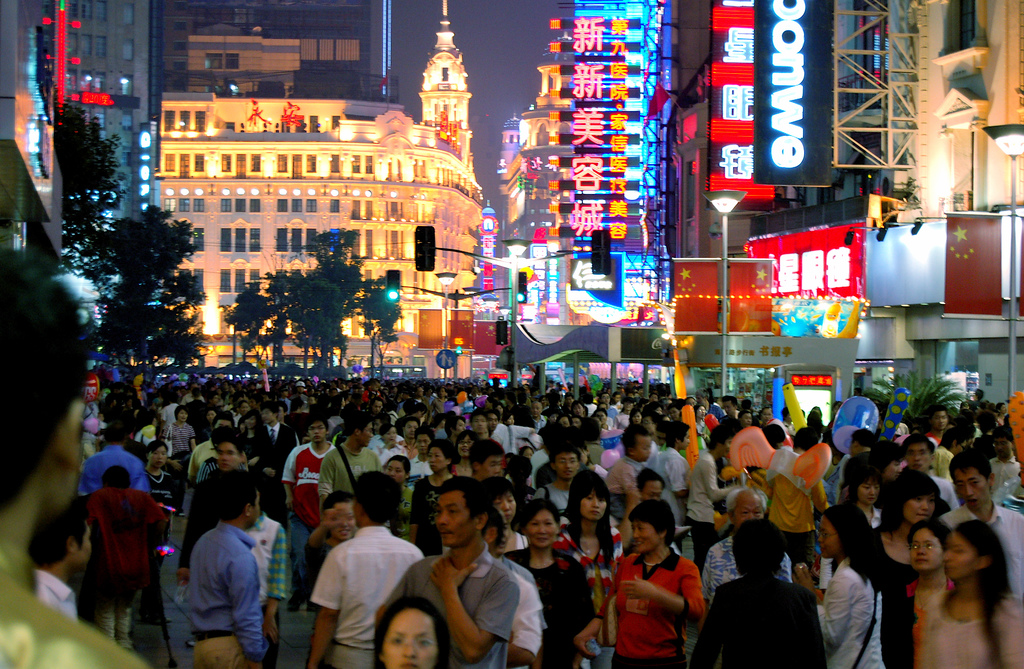The summer of 2015 saw the most dramatic upheavals in the Chinese economy in over two decades. For observers of China, the events of 2015 brought reminders of the Asian financial crisis of the late 1990s when Beijing was also visibly wrong footed on economic policy.
Such was the rollercoaster of stock market collapse, currency devaluation and state intervention that concerns have shifted to the potential of a global economic downturn started not by Greece, but by emerging markets, such as China. In the space of three months, decades’ worth of successful economic management by the Chinese Communist Party has been shaken, and a creeping doubt has replaced the traditional confidence placed in Beijing’s economic stewardship.
The creation of an asset bubble and subsequent collapse of China’s stock market over the course of this year is symptomatic of a larger economic trend. The Chinese economy, the largest in the world by purchasing power parity, is slowing down. The summer revealed the Chinese Communist Party’s worst fears that China’s economic rise might falter.
The role of ‘Likonomics’ in China’s economy
Beijing’s rollercoaster summer lies in the economic model of President Xi Jinping and his premier Li Keqiang, which has been referred to in some circles as “Likonomics” due to Li’s direct management of economic policy. Concurrent with both men’s ascending to power in late 2012, China’s gross domestic product (GDP) has steadily declined from the double digit growth seen since 1981 to the more modest figure of 7%. The engine that has driven China’s growth since the Deng Xiaoping era, specifically large-scale investment in infrastructure and housing, has now begun to run out of steam. Domestic consumer spending, largely owing to China’s citizens’ high rate of savings, has not filled the gap in the way it occurs in Western economies. China’s vast ghost cities such as Chenggong are representative of the massive amounts poured into infrastructure without the demand inherent in a market economy.

As announced at the Third Plenum of the People’s Party Congress in November 2013, Xi Jinping and Li Keqiang sought to transition China away from an investment-led economy based on Beijing’s spending to a consumer economy. This represents a more balanced model in which middle class and upper working class spending plays a greater role. As a percentage of GDP however, consumer spending in China is only 35%, with the average family saving as much as 30% of disposable income. By comparison, in western economies like the United States, United Kingdom or Japan, consumer spending accounts for over 60% of GDP and the average family saves just 5% of income.
Accordingly, at the heart of “Likonomics” lie two pillars. The first is the role of the market, specifically structural reforms induced by increasing middle class spending and transitioning to a consumer, market-based economy. As a result, since 2012, Chinese state media and other Communist Party outlets have encouraged the middle class to invest in the housing and stock markets. The proviso being that both are underwritten by central bank spending and loans, paving the way for the second pillar.
Pillar two is the role of the government. The Chinese Communist Party cannot afford an economic slowdown, having staked the government’s legitimacy on sustained economic growth and the continued increase in living standards. Thus in a deliberate policy move by Premier Li Keqiang, the Bank of China sought to keep the property and stock markets inflated via loose monetary policies and long-term ‘unrecoverable’ loans. These actions were intended to reassure the middle class that both the stock and property markets were a safe investment for their hard-earned savings by ensuring both were steadily rising.
This began the process that sparked the creation of a bubble as easy credit was pumped into the system by Beijing and the middle class followed suit purchasing stock assets. By June 2015, the Shanghai Composite Index had surged 150% in less than 12 months, peaking at 5,100 index points.
The following article will trace the collapse of the bubble and the government’s efforts to mitigate it.




